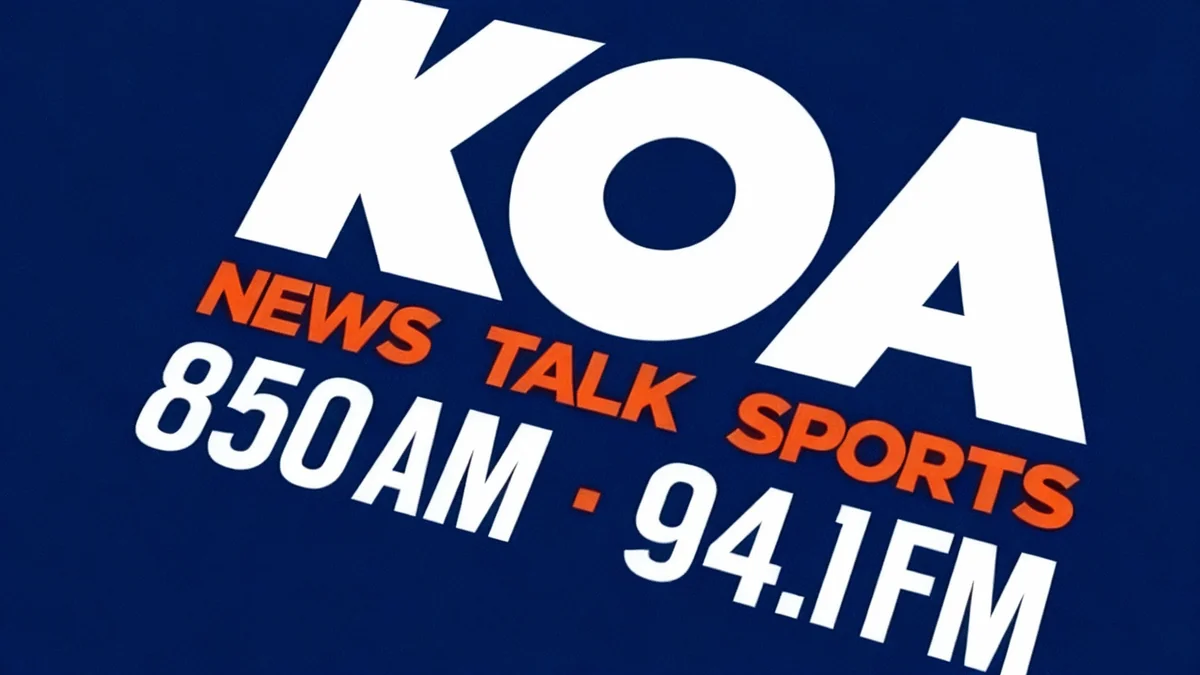The calendar may have just turned to November, but for many radio stations across the country, the holiday season is already in full swing. This annual shift to an all-Christmas music format, which seems to start earlier each year, is driven by more than just festive spirit; it's a strategic business decision backed by significant audience data.
Key Takeaways
- Dozens of U.S. radio stations have already switched to an all-Christmas music format, some as early as October.
- The primary motivation for the early switch is a proven, substantial increase in listener ratings and advertising revenue.
- Last year, stations that adopted the holiday format saw their total unique audience grow by an average of 34.4%.
- The trend extends beyond traditional radio to satellite services like SiriusXM and streaming platforms, which offer dedicated holiday channels.
The Early Arrival of Holiday Cheer on the Airwaves
Listeners in several U.S. cities have noticed a distinct change in their local radio programming. Immediately following Halloween, a number of stations made the switch to playing continuous holiday music. In Buffalo, New York, The New 96.1 (WTSS-FM) officially became “Your Christmas Station” at the stroke of midnight on the first Saturday of November, kicking off its seasonal playlist with Mariah Carey’s iconic “All I Want for Christmas Is You.”
This move is not an isolated event. It is part of a growing national trend where broadcasters embrace the holiday format well before Thanksgiving. While some listeners welcome the early festive tunes, others question the timing. However, the decision is far from arbitrary and reflects a calculated approach to media programming.
A Trend Spanning the Nation
While stations like The New 96.1 in Buffalo and others in Syracuse are making headlines for their November flips, some broadcasters start even earlier. A station in Utah, The Wave 103.1 (KLO-FM), reportedly began its holiday programming on October 7, setting a new benchmark for the earliest switch this season.
The selection of music is also carefully curated to appeal to a broad demographic. Buffalo's WTSS-FM announced a playlist that mixes timeless classics from artists like Frank Sinatra and Bing Crosby with contemporary hits from Pentatonix and Madonna. This blend ensures that listeners of all ages find something familiar and enjoyable, maximizing the station's reach.
The Strategy Behind the Seasonal Switch
The motivation for this early programming change is rooted in compelling market data. Radio stations are businesses that rely on listenership to attract advertisers. An all-Christmas format has consistently proven to be a powerful tool for boosting audience numbers during a critical commercial period.
A Proven Ratings Booster
According to a recent industry analysis of 102 radio stations that switched to a holiday format, the results were overwhelmingly positive. On average, these stations experienced a 34.4% increase in their cume, which measures the total number of unique listeners over a period. Furthermore, the average quarter-hour (AQH) listenership among adults 18 and older grew by 17.7%.
These figures demonstrate that holiday music doesn't just attract listeners; it keeps them engaged for longer periods. This sustained attention is highly valuable to advertisers, especially as the format aligns with the peak holiday shopping season. By capturing a larger audience, stations can increase their advertising rates and secure more revenue.
"Audiences were tuning in, and staying tuned in, for holiday favorites, with consistent average increases in listenership."
This sentiment, shared by media analysis firm Katz Media Group, confirms that the strategy is effective across different markets. The holiday format serves a dual purpose: it provides comforting, nostalgic content for listeners while creating a lucrative platform for advertisers aiming to reach consumers during their key purchasing decisions.
More Than 400 Stations Join the Holiday Wave
The practice of switching to an all-Christmas format is widespread. Last year, more than 400 radio stations across the United States made the change. This number indicates a broad industry consensus on the format's effectiveness. The strategy is not limited to specific regions or market sizes but is seen as a reliable method for audience growth nationwide.
The timeline for these changes varies, but a significant number of stations typically make the switch in the weeks leading up to Thanksgiving. For example, Syracuse-based stations like Y94FM and Sunny 102 are expected to adopt their holiday branding in mid-to-late November, aligning with local events like the opening of the popular “Lights on the Lake” display.
Holiday Music Beyond Traditional Radio
The demand for holiday music is not confined to terrestrial radio. Digital and satellite platforms have also capitalized on the seasonal interest with a wide array of options:
- SiriusXM: The satellite radio giant offers a year-round channel, Holiday Traditions (Ch. 602), for those who want festive music anytime. During the season, it launches additional dedicated channels like Holly (contemporary hits), Country Christmas, and Hallmark Channel Radio.
- Streaming Services: Platforms such as Spotify and Apple Music feature numerous curated holiday playlists and dedicated stations, allowing users to access Christmas music on demand.
This multi-platform availability shows that the appetite for holiday music is robust and that consumers seek it out across various media. For traditional radio stations, an early switch is a way to compete and become the primary holiday audio destination in their local markets.
The Season of Listening Lasts Longer
As the trend continues, the definition of the "holiday season" in radio programming is expanding. Many stations that make the switch no longer see December 25th as the endpoint. The New 96.1 in Buffalo, for instance, has stated it will continue its all-Christmas format “until Christmas Day and beyond.”
This extension acknowledges that the festive mood for many people continues through the end of the year. By maintaining the holiday format, stations can retain their newly acquired listeners for a longer period before transitioning back to their regular programming in the new year.
Ultimately, the early arrival of Christmas music on the radio is a direct response to listener behavior and market dynamics. While it may feel premature to some, the data shows a clear demand. For hundreds of radio stations, capitalizing on that demand is simply good business.




